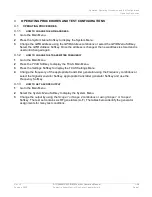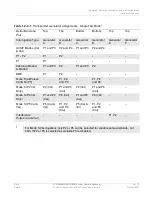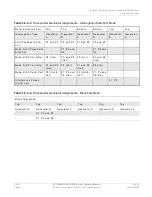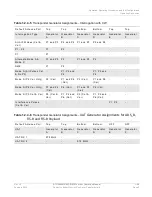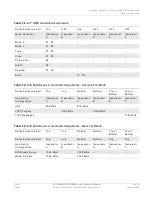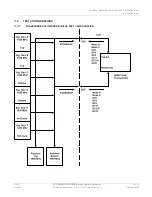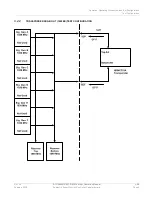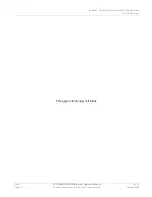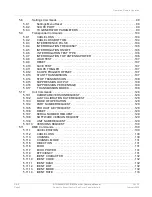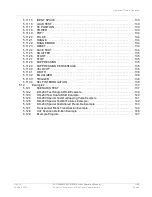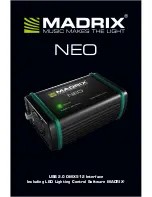
Operation, Remote Operation
Overview
1-2-5
ATC-5000NG ATC/DME Test Set Operation Manual
Rev. L0
Page 4
Subject to Export Control. See Cover Page for details.
February 2020
5.1
OVERVIEW
Functional capabilities within the Unit for specific customers are provided by means of customer specific
product keys (for instance UAT functionality although commands are defined, is only enabled for
customers that have hardware and software UAT capability).
Command Language Nomenclature (not case sensitive):
:
The “colon” is used to separate the different command categories.
;
The “semicolon” is used as a sub
‐
command separator within a command
category.
SP
The “space” is used to separate the sub
‐
commands from the actual sub
‐
command
values.
CR(\r)
The Carriage Return, “\r”, is used to terminate a command line.
Keywords
Keywords are the names of the specific commands or sub
‐
commands (either
pre
‐
defined abbreviations or complete command keywords can be used).
Values
Values are the alphanumeric values associated with the specific sub
‐
commands.
//
The “//” is used to add a comment line within the command structure.
Return values:
#
The “#” is used to indicate a measurement value was unavailable.
?
The “?” is used to indicate the command did not complete correctly. The command
will explicitly state if it will return a question mark.
*
The “*” is used to indicate the command completed normally. The command will
explicitly state if it will return an asterisk.
!
The “!” is placed in the output buffer when a command syntax error occurs. When
using the GPIB you can query the status byte to see if the D4 bit is set notifying
you that something is waiting in the unit’s output buffer. See next paragraph.
When configuring the GPIB using NI-VISA you can set attributes to flush the output buffer before each
write. This should clear any remaining data such as the “!” from the output buffer.
For proper GPIB operation enable EOI at the end of each write.
Summary of Contents for 138156
Page 3: ......


